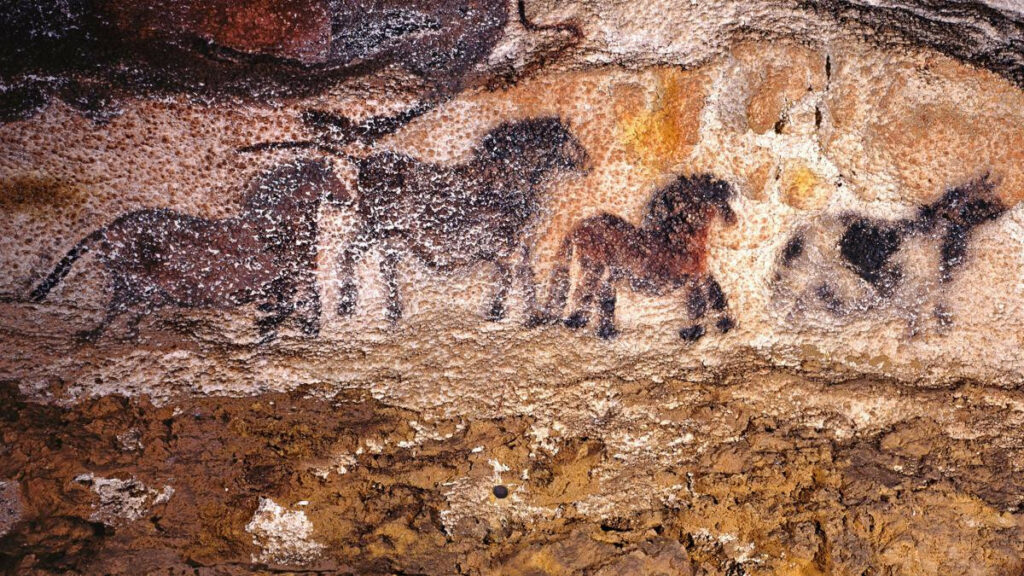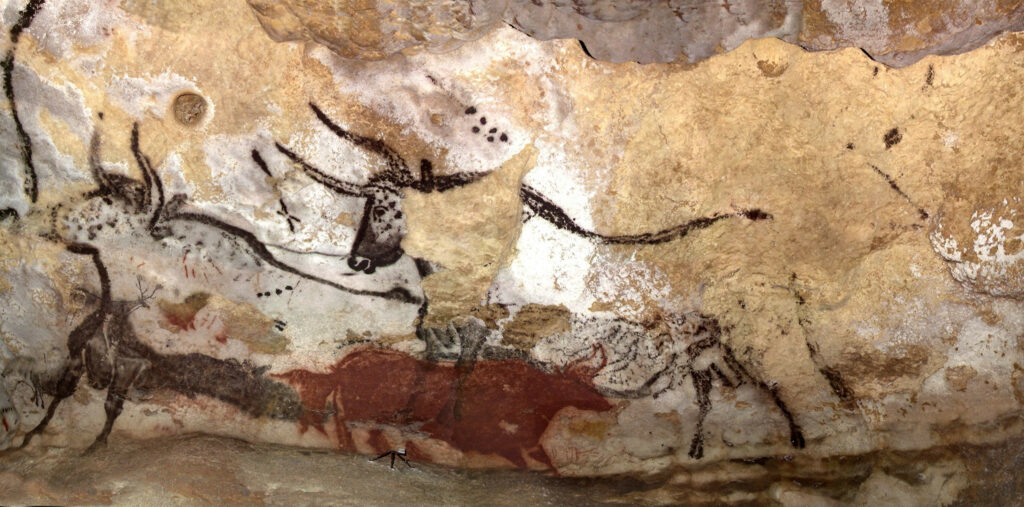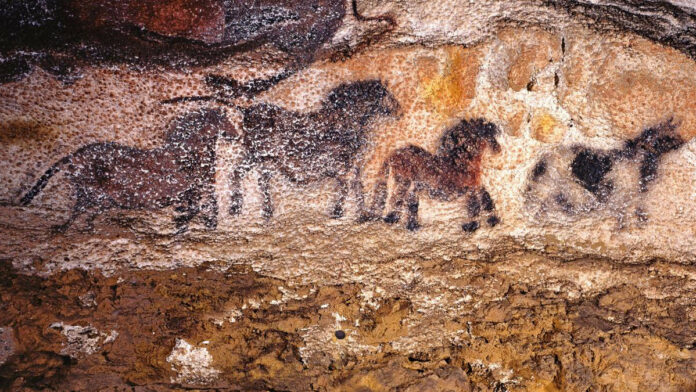In a remarkable discovery, archaeologists have uncovered stunning new examples of Paleolithic artwork and geometric signs in the Romanelli Cave, located in southeast Italy. The cave, which holds significant importance in the context of the ‘Mediterranean province’ of European Upper Paleolithic art, has been the focus of intensive investigation by a multidisciplinary team of experts.

New Discoveries and Extended Occupation Period
The recent study, published in Antiquity, reveals the results of several years of research conducted by archaeologists, geologists, and paleontologists from Sapienza University of Rome. Their work, which commenced in 2016, has not only identified a series of new engravings but also extended the known occupation period of the cave, spanning from 14,000 to 11,000 years ago. Dario Sigari, the lead author of the study, emphasized the significance of these new dates and the layering of images, suggesting that the cave was in use for a longer period than previously thought, with multiple episodes of art-making.
The Artwork
Diverse Elements and Advanced Techniques

The newly discovered artwork showcases a diverse range of elements, including geometric signs, patterns created by tracing fingers through moonmilk, and even a rare depiction of a bird. One notable image is that of a bovid, a hoofed mammal, with parallel lines infilling its head and back, and forward-pointing horns. The artists skillfully utilized the cave wall’s shape to create a 3D effect on the bovid’s body, demonstrating their advanced techniques. Interestingly, different tools were used to create the art, depending on the characteristics of the surface being engraved.
Shared Visual Heritage

Researchers were particularly intrigued by the zoomorphic figures and their shared visual concept, which reflects a sense of high mobility and potentially implies the transfer of common iconography across vast regions. These shared visual motifs can be observed from Iberia and France to North Africa and the Caucasus, providing compelling evidence of a shared visual heritage during the Late Upper Paleolithic across a wide part of Eurasia.
Conclusion
The groundbreaking discoveries in the Romanelli Cave raise fascinating questions about social dynamics, cultural interactions, and the dissemination of common iconographic themes around the Mediterranean Basin during the Paleolithic era. As archaeologists continue to unravel the secrets hidden within this ancient cave, we gain a deeper understanding of the artistic expression and cultural connections of our distant ancestors.

